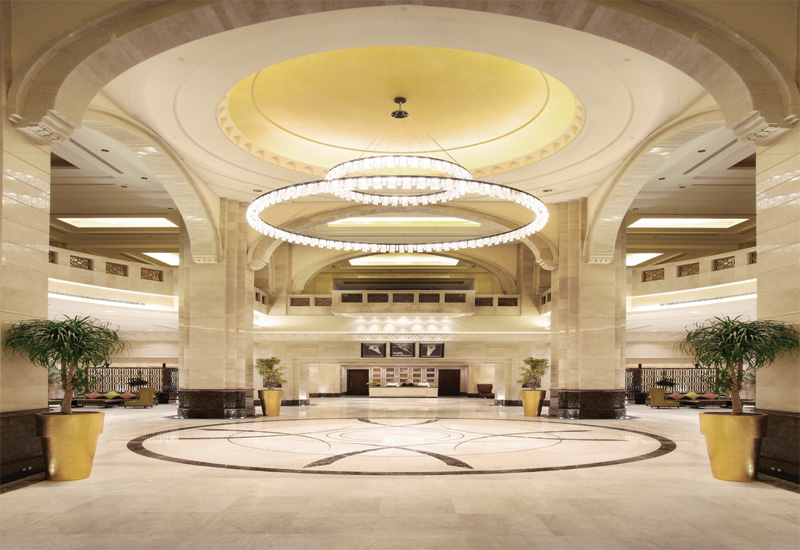Lee Jamieson explores the varied factors impacting hotel architecture in Saudi Arabia.
Saudi Arabia has a new-found enthusiasm for hotel architecture with grand, vanguard developments springing up across the kingdom. Buildings like the iconic Makkah Clock Royal Tower, now officially the tallest concrete building in the world, or the forthcoming Burj Rafal Kempinski are far more than functional spaces for business and leisure.
Rather, they are Saudi Arabia’s way of making a bold statement of intent — a mark of the kingdom’s vitality, wealth and unshakable confidence.

| Advertisement |
“The quest for design excellence has certainly been embraced by the practices operating in Saudi Arabia,” said Mövenpick Hotels and Resorts regional vice president for technical services and projects, Martin Molloy.
“The expectations of guests are increasing all the time and all parties must work together to meet those needs. So, the bar is constantly being raised in hotel architecture, which I think is a healthy thing for our industry.”
To fully appreciate the significance of Saudi Arabia’s passion for ultra-sleek and cutting-edge hotel architecture, we should consider how it differs from the kingdom’s existing tourism infrastructure.
Historically, the government has undervalued the country’s tourism industry — a fact reflected in the existing hotel buildings and wider tourism infrastructure.
The hotel market is relatively underdeveloped and of average three-star quality. But more recently, the tide has turned and there has been a frenzy of high-end brands establishing themselves in the region, leaving a chasm between old and new hotel architecture in the country.
“In the past, hotel architecture in Saudi Arabia was typically modularised and bland, and consequently, many are now looking outdated and require major upgrading and modernisation,” explained Aedas director, Charles Collett.
“One of the main issues is how we adapt these older designs to meet the modern needs of the hotel industry. For example, adapting these buildings to meet modern security requirements and creating direct access to shopping malls.”
Whether renovation or new build, the demand is for high-end, modern hotel architecture. And with the luxury segment still in its infancy, architects are able work from a relatively blank canvas and create striking designs, spurred on by enthusiastic clients eager to make a statement through architecture.
“I find the excitement and enthusiasm from clients in Saudi Arabia really interesting,” explained Atkins design director and head of architecture, Joe Tabet. “They tend to be people who have travelled overseas, seen glimpses of architecture they like and want to try and replicate it.
“They know what they consider to be good and bad design and have a great deal of passion about what they want to deliver. I think that clients are becoming very aware that what they create is going to reflect back on them, so they all want to make a statement!”









 Search our database of more than 2,700 industry companies
Search our database of more than 2,700 industry companies









